Katiki Point Lighthouse
Exploring Kātiki Point Lighthouse is an extraordinary place that takes your breath away.
Katiki Point is where you can find the largest yellow-eyed penguin colony on the South Island of New Zealand.
The lighthouse is still working and sits high on the hill, looking over the yellow-eyed penguins and fur seals. It is absolutely phenomenal.
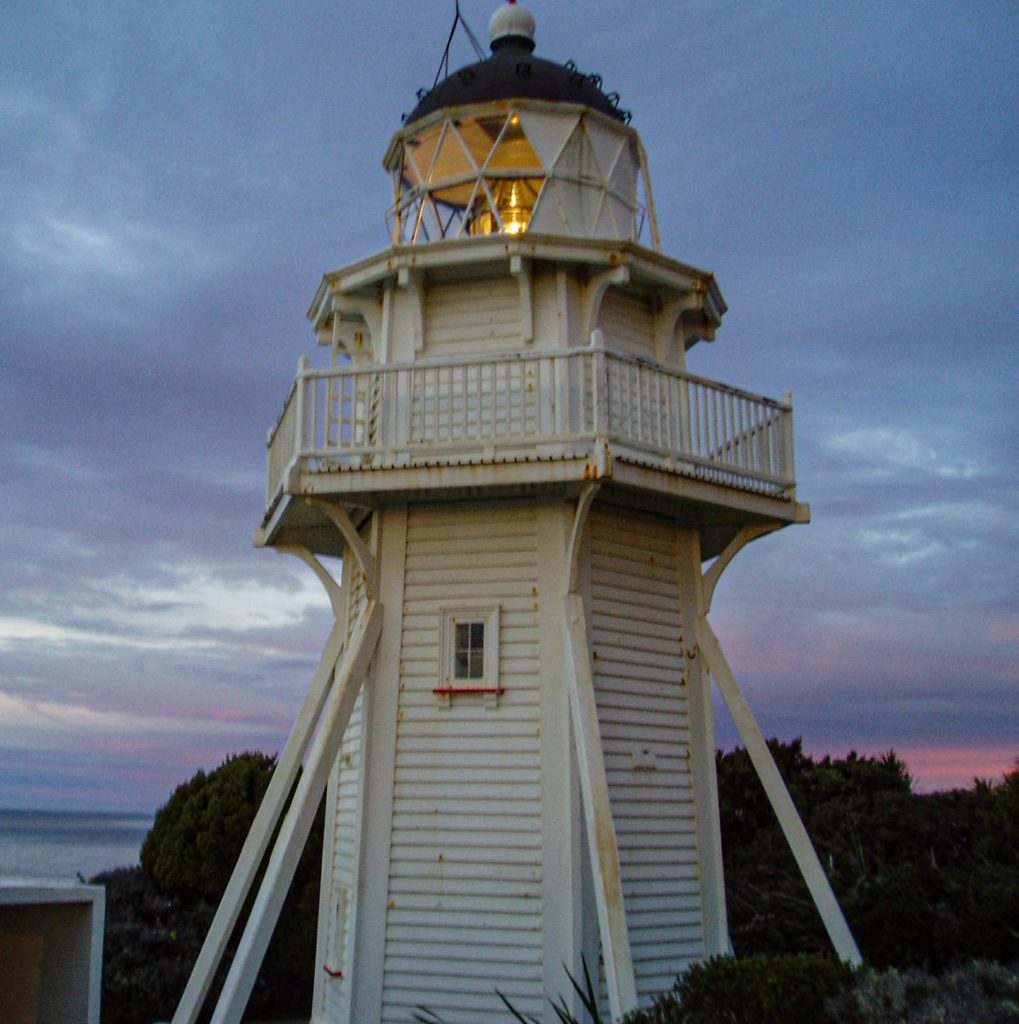
In 1878, builders erected Katiki Lighthouse, also known as Moeraki Lighthouse, on the Moeraki peninsula’s tip, between the settlements of Moeraki and Katiki.
Moeraki town had a busy trade route between Oamaru, Christchurch, and Dunedin, meaning many ships traveled the water near Katiki Point.
As we know, the coast of New Zealand is very rough, and several shipwrecks occurred offshore reefs. The builders constructed this lighthouse to enhance shipping safety.
The most historical wrecking in this area is the ancestral Waka Atua that I wrote about on the Moeraki-Boulders-Beach blog.
Katiki Point Historical Reserve
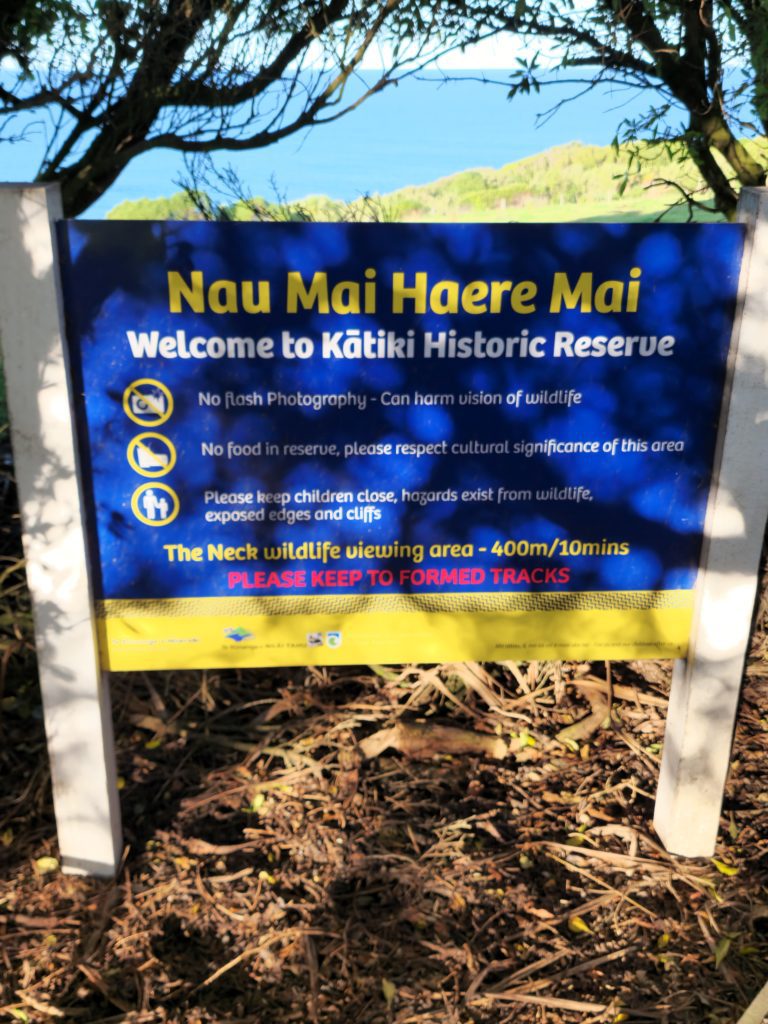
The Penguins of Aotearoa, also known as the largest yellow-eyed penguin colony on South Island, inhabit Katiki Point Historical Reserve. Additionally, fur seals can be found in this area.
Katiki Point is considered to have an ecological, historical, and spiritual significance. This is why the Maori traditions are vital, and it explains how many of the geological features of the Island were formed and named.
The story about the formation of the boulders in Moeraki-Boulders-Beach is one of this area’s important Maori Ārai-te-uru (meaning in Maori: canoa) traditions.
Te Waipounamu is the official name for New Zealand’s South Island. Te Waipounamu means water and greenstone, which are found in abundance on the southern island. The story goes that they encountered turbulent seas when the Maori traveled down the coast in their Ārai-te-uru. Maori lost their cargo kaihīnaki (food baskets) overboard, and the sea carried them away, forming the boulders in Moeriki Beach.
I think it is relevant to mention that Maori have a strong spiritual bond with the Earth Mother. They are the Kaitiaki (guardians) of these treasures (taonga).
The more I read about this culture, the more I get fascinated with their stories.
The walk to the Katiki Point Historical Reserve
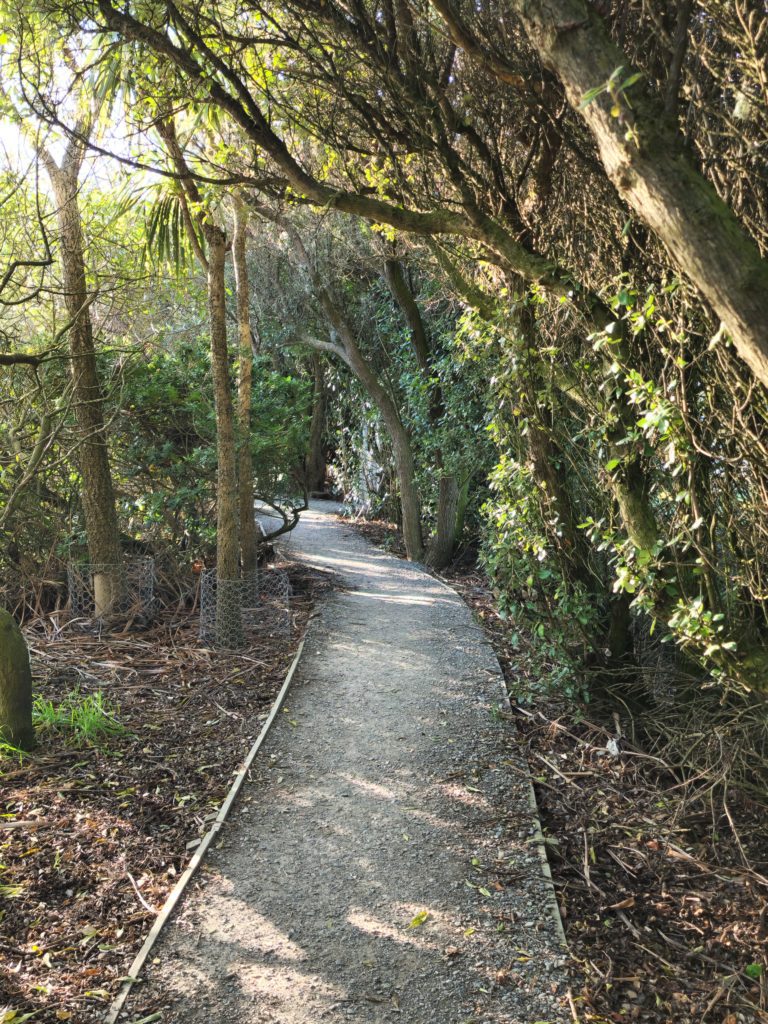
The path has two directions. Taking the left path is a short walk down to the penguins from the parking lot.
You go through a gate that welcomes you and instructs you not to disturb the animals.
The walk down is very pleasant. Go through trees and bushes on a clear and steady path with an enjoyable view over cows grazing.
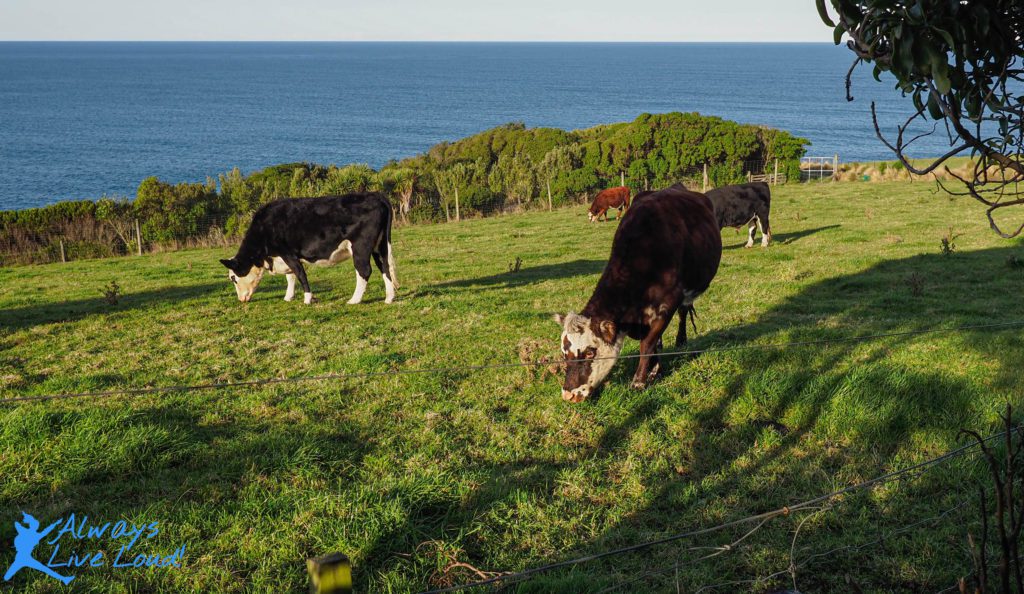
I take quite a pleasure in watching the cows.🐄
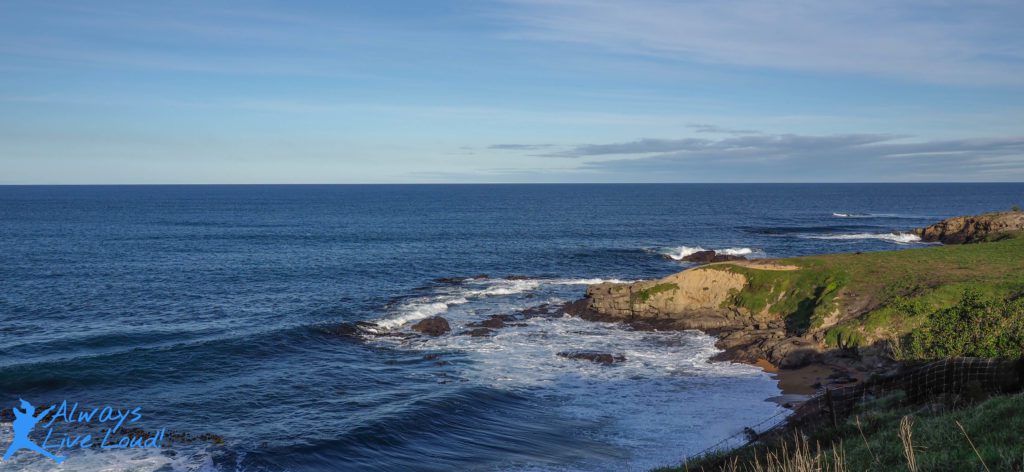
The Yellow-Eyed Penguin
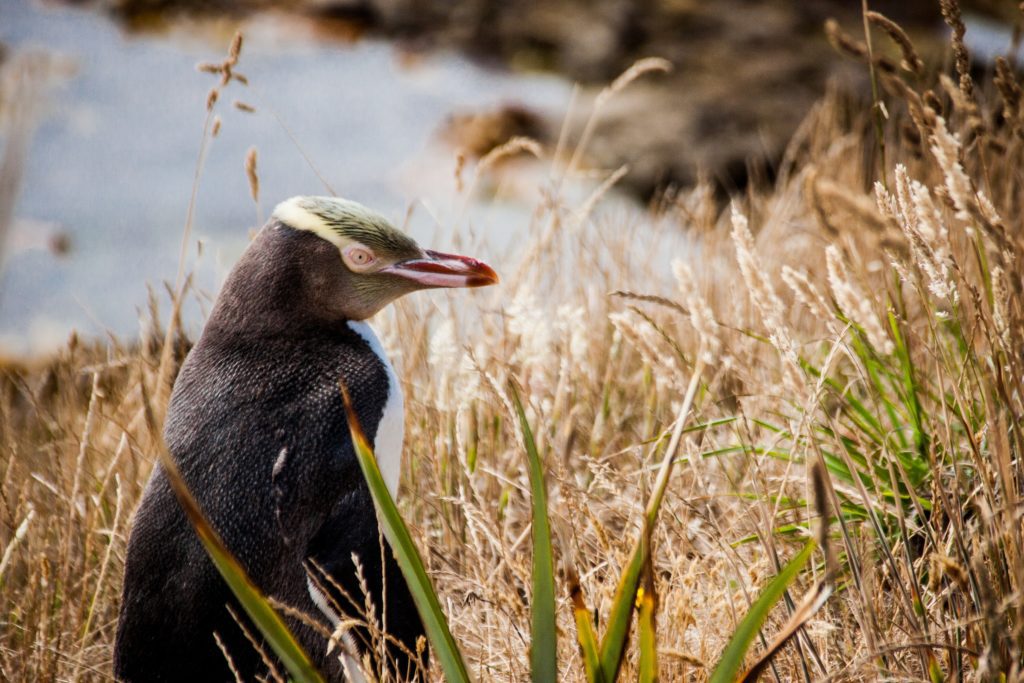
Katiki Point is the largest yellow-eyed penguin colony on the South Island.
When coming from the trail, you’ll arrive at a rocky shoreline. Take a look at the coast, and you might see a yellow-eyed penguin arriving ashore from its “hard day of work.” The best time to see them is before they go to “work” at 9 am and when they come back around 3 or 4 pm.
You must see them coming swimming with the wave with no effort, shaking and whisking their wings of the water on their feathers. Then, after taking a deep breath, they rock-hop in their comfy homes.
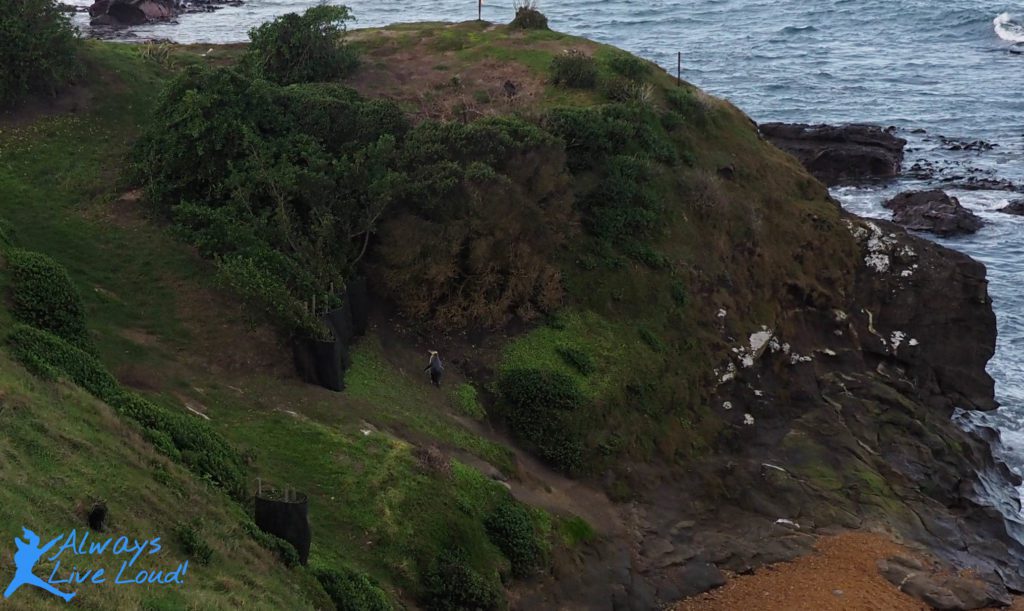
The right path takes you to the back side of the lighthouse, where you see the colony up close. Be sure to stay on the path and do not make noise or use a flash when taking pictures of wildlife.
Volunteers close the park when it gets dark, and donations are appreciated.
Fur Seals
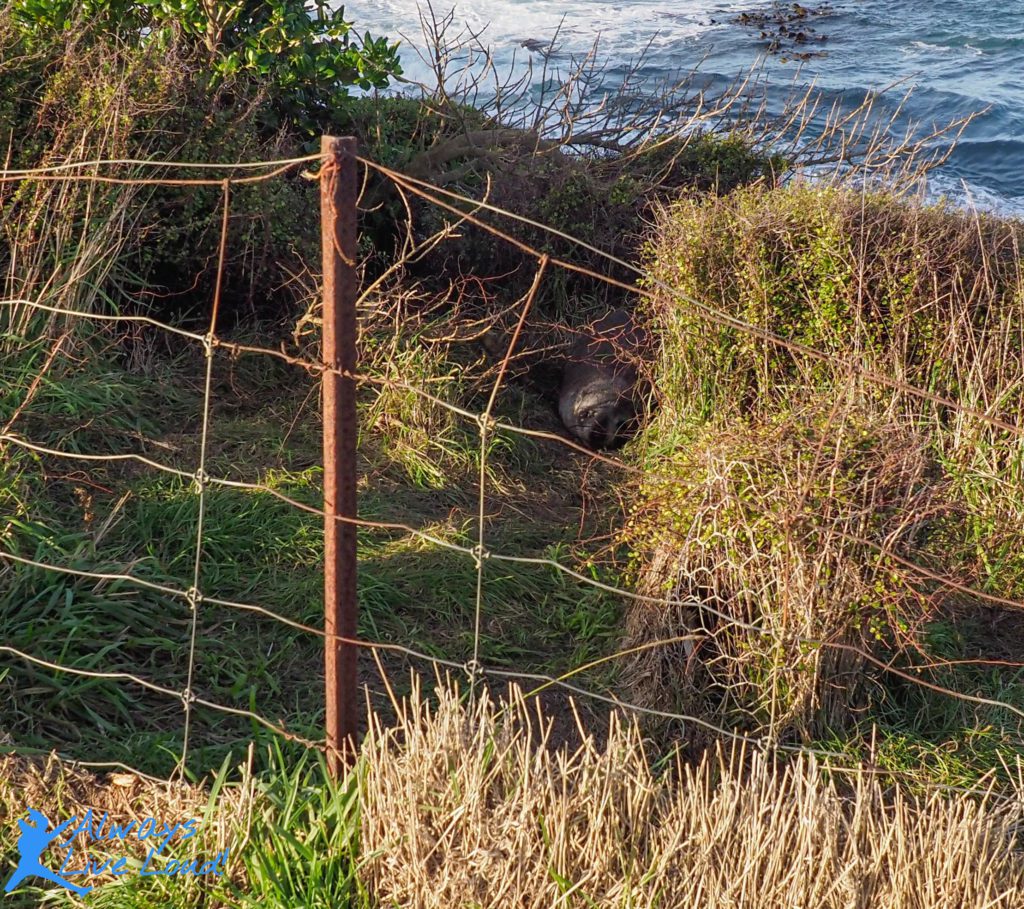
I spotted a fur seal lounging among the bushes at Katiki Point. It’s amazing how much wildlife you can observe here. New Zealand truly boasts some awe-inspiring landscapes.
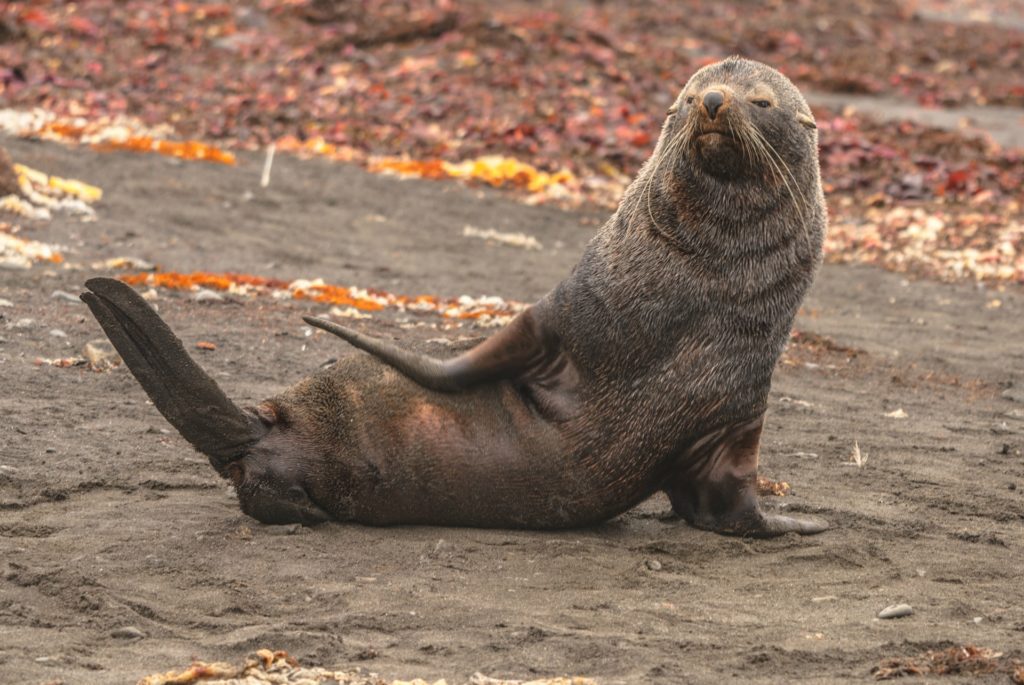
The fur seal, also known as Kekeno here in New Zealand, can be spotted in many wildlife reserves, but Katiki Point is home to the fur seals.
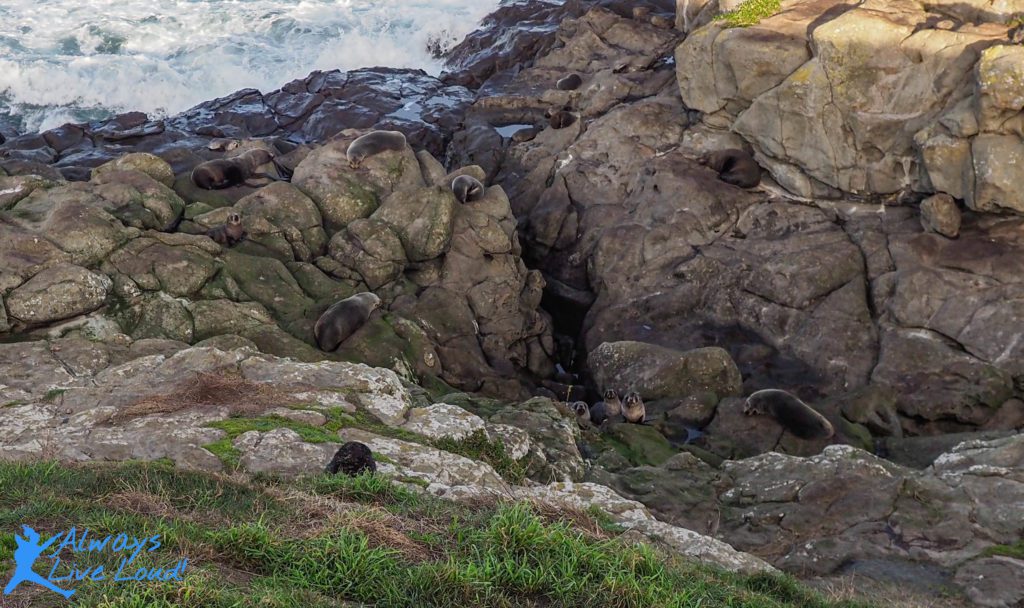
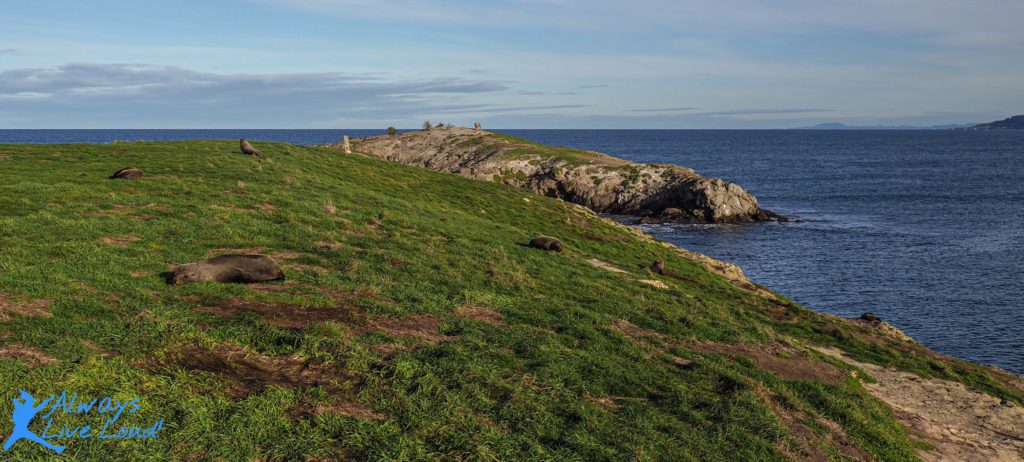
It’s tempting to get close to these amazing animals, but New Zealand’s Department of Conservation recommends observing them from a distance of at least 20 meters away. Visitors are required not to disturb them.
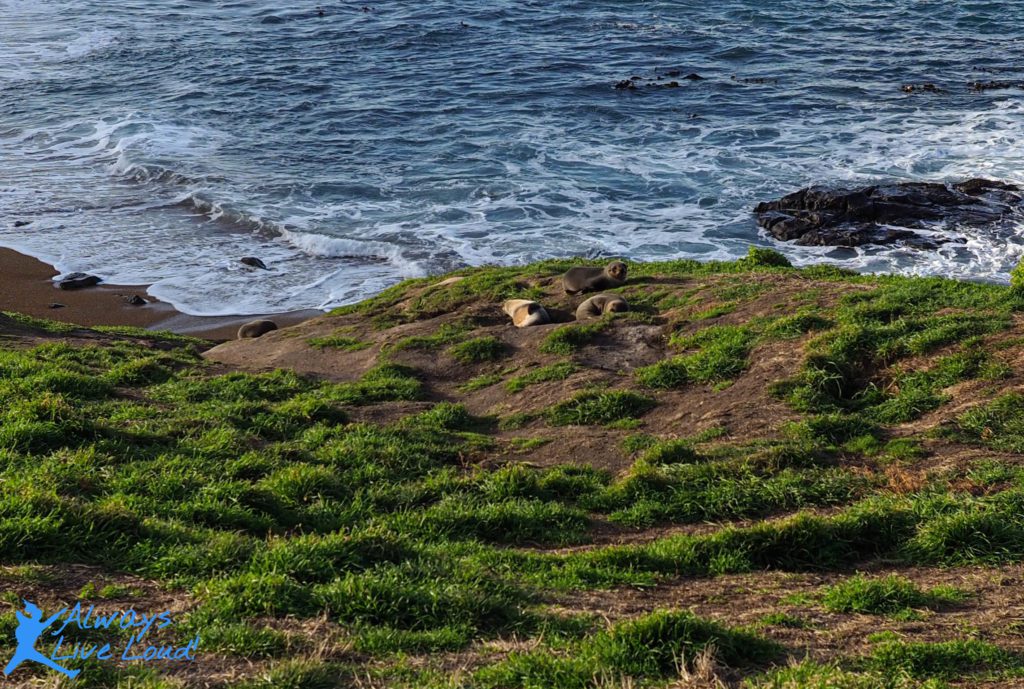
Interesting fact: 🧐
How do you tell you looking at a fur seal or a sea lion?
👉Sea lions are larger than fur seals.
👉Sea lions have longer noses, and their eyes are closer to the head, and fur seals have shorter noses, and eyes are closer to their nose.
About Katiki Point Lighthouse
Exploring Kātiki Point Lighthouse and Historic Reserve was incredible. The scenery of the ocean shoreline with the fur seals and the yellow-eyed penguins was fascinating. It was a privilege to be able to watch this wildlife, and sharing the space with them is absolutely amazing.
If you love nature, then you should take time to come to Kātiki Point Lighthouse.
Thank you for reading 🐧

